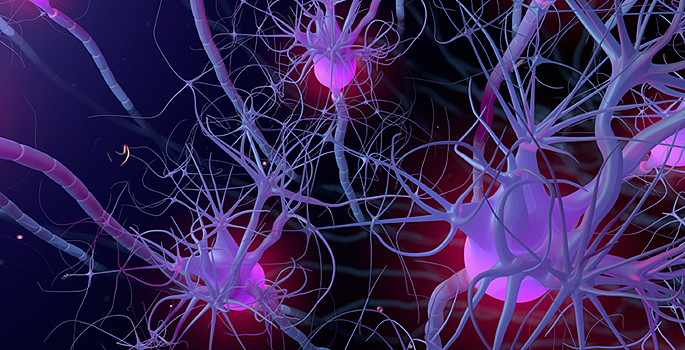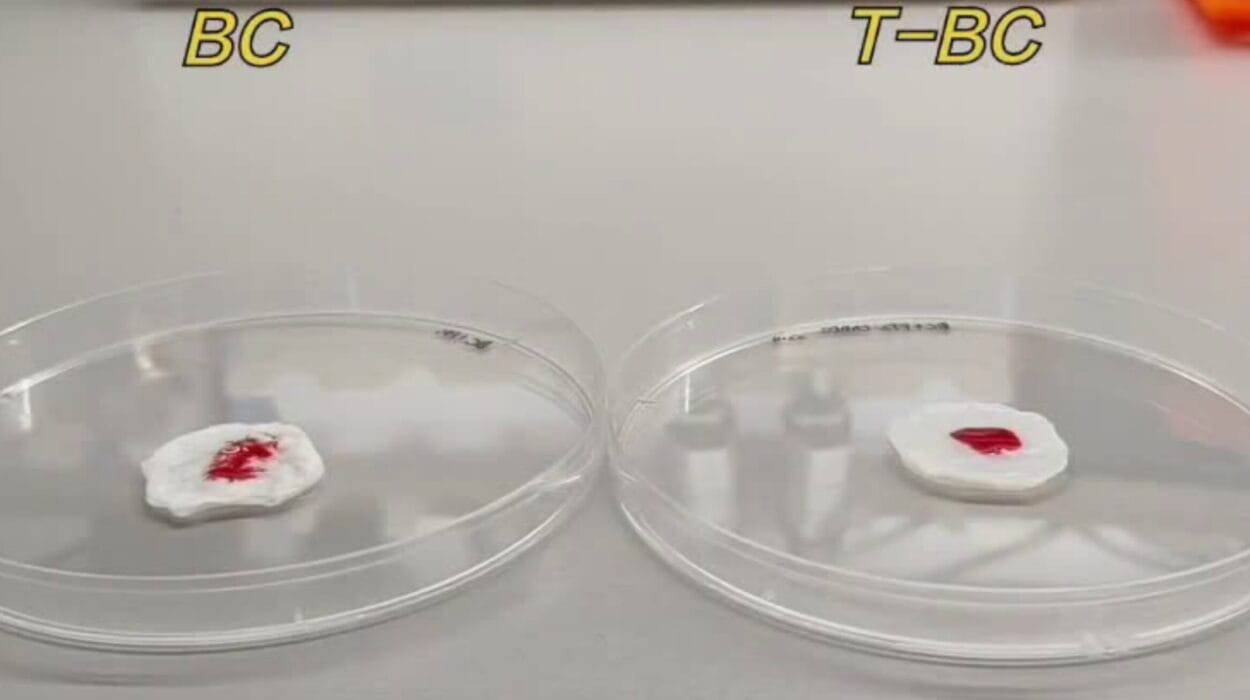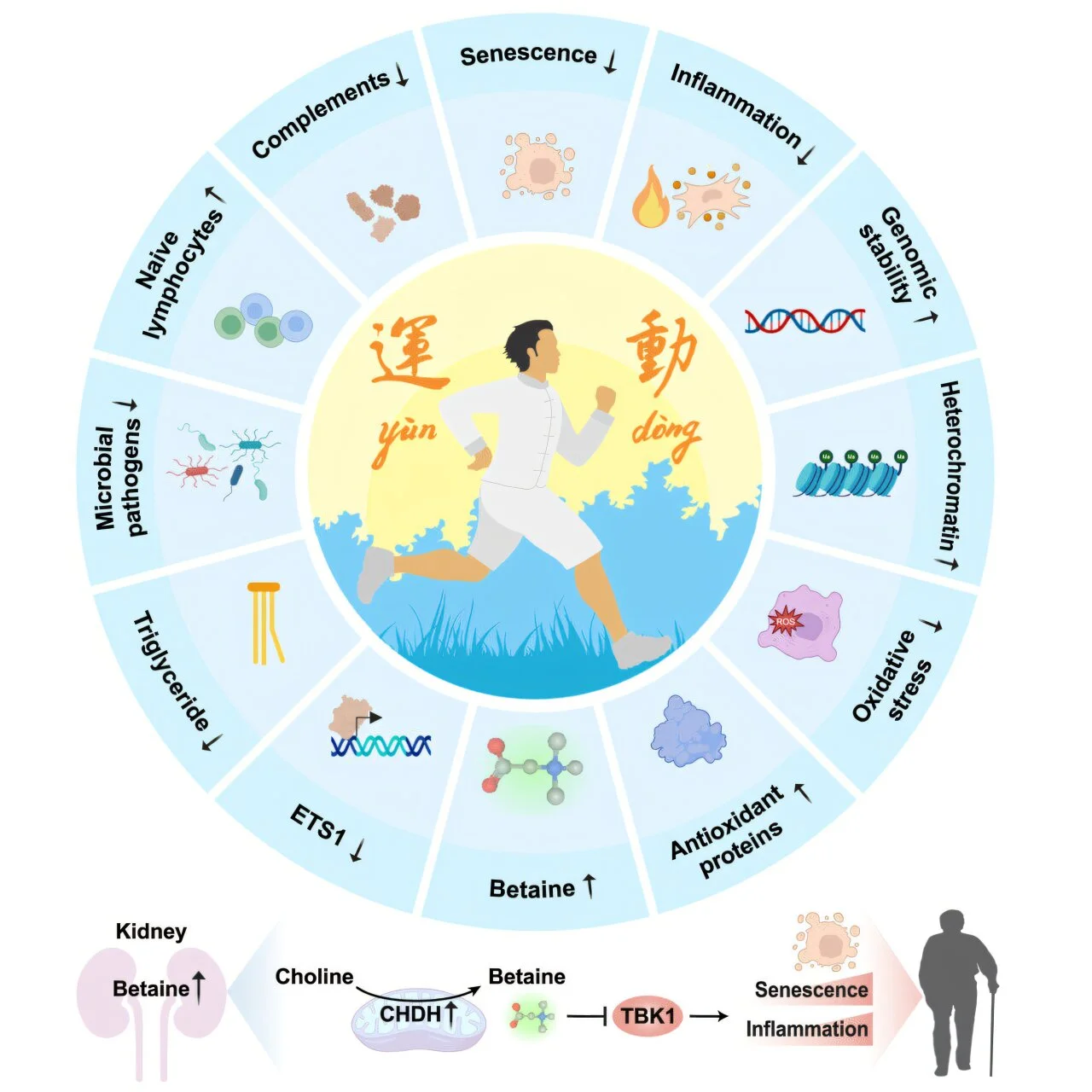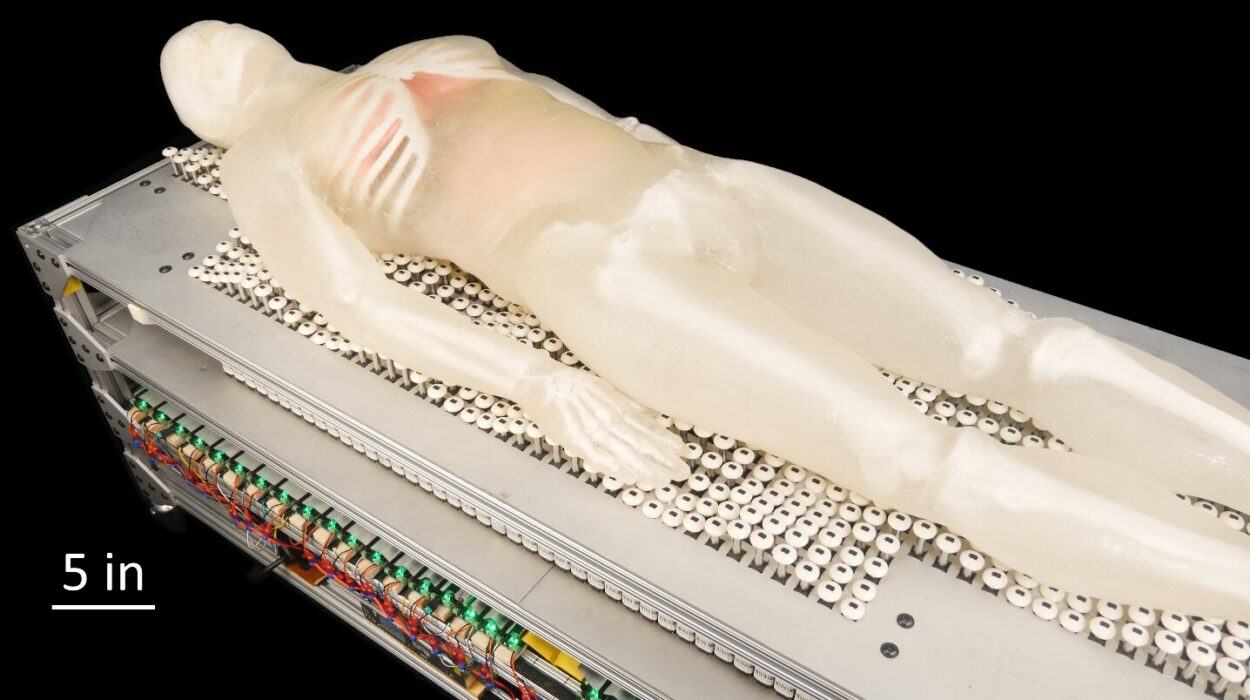In a world full of challenges and uncertainties, the idea that our thoughts can influence our health may sound like wishful thinking. Yet, the power of positive thinking is not just a feel-good cliché—it is a profound phenomenon rooted in science and psychology. From ancient philosophies to cutting-edge research, evidence is mounting that optimism, hope, and a positive mindset can dramatically affect our physical, mental, and emotional health.
Our bodies and minds are intricately connected in ways that science is only beginning to fully understand. What happens in our brain does not stay confined there—it travels through a network of hormones, neurons, and immune responses that ripple throughout the body. Positive thinking can trigger a cascade of biological effects that enhance resilience, speed recovery, and even lengthen life. Conversely, chronic negativity, stress, and pessimism may pave the way for disease and decline.
This article dives deeply into the fascinating world of positive thinking and its remarkable effects on health. You will discover how optimism shapes the brain, boosts immunity, manages pain, aids healing, and influences longevity. Along the way, you’ll learn how to cultivate positivity, overcome mental barriers, and embrace a healthier, happier life.
The Science Behind Positive Thinking
To understand the power of positive thinking, we must first grasp how the mind communicates with the body. The brain controls the nervous system and regulates hormonal secretions that influence every organ, tissue, and cell. When you think positively, your brain releases chemicals such as dopamine, serotonin, and endorphins—neurotransmitters that enhance mood and create feelings of well-being.
Positive thoughts also reduce the release of stress hormones like cortisol and adrenaline, which, when chronically elevated, can damage the immune system, increase inflammation, and contribute to heart disease, diabetes, and depression. By contrast, a hopeful outlook lowers these harmful chemicals, thereby promoting physiological balance.
One fascinating area of study is neuroplasticity—the brain’s ability to rewire itself based on experience. This means that by practicing positive thinking, you can literally change the structure and function of your brain to favor optimism and resilience. Repeated positive mental habits reinforce neural pathways associated with joy, gratitude, and motivation, making it easier to respond to life’s difficulties with hope rather than despair.
Positive Thinking and Immune Function
A strong immune system is essential for defending the body against infections, illnesses, and even cancer. Researchers have found that positive emotions and optimism are closely linked to enhanced immune responses. People with a sunny disposition tend to have higher levels of antibodies and better cellular immunity compared to pessimists.
The connection between mind and immunity is explained by psychoneuroimmunology, a field that studies how psychological factors affect the immune system. Positive thinking helps regulate the balance between pro-inflammatory and anti-inflammatory molecules, reducing chronic inflammation that underlies many diseases.
For example, studies have shown that people who maintain a positive outlook during stressful events recover more quickly from colds and flu. They also exhibit faster wound healing and better responses to vaccines. These findings suggest that cultivating optimism is a natural way to boost health and fend off illness.
Managing Stress Through Optimism
Stress is often called the “silent killer” because of its pervasive negative impact on health. Chronic stress can elevate blood pressure, impair digestion, weaken immunity, and disrupt sleep. However, optimism offers a powerful antidote.
Positive thinkers tend to view stressful situations as challenges rather than threats. This perspective shifts the brain’s stress response from harmful fight-or-flight mode toward a more adaptive and calm state. Optimism encourages the release of oxytocin, a hormone that promotes relaxation, social bonding, and cardiovascular health.
Moreover, positive thinking enhances coping skills. Instead of ruminating on problems, hopeful individuals are more likely to seek solutions, ask for support, and maintain perspective. This proactive approach reduces the duration and intensity of stress, protecting the body from its damaging effects.
The Role of Positive Thinking in Mental Health
Mental health and physical health are deeply intertwined, and positive thinking plays a crucial role in both. Optimism helps ward off anxiety, depression, and hopelessness—conditions that not only cause emotional suffering but also weaken the immune system and increase vulnerability to illness.
Research shows that positive thinking improves resilience—the ability to bounce back from adversity. Resilient people recover more quickly from traumatic events, maintain better relationships, and experience higher life satisfaction. This psychological strength is partly due to positive self-talk, gratitude practices, and mindfulness—all habits that nurture a hopeful mindset.
In clinical settings, cognitive-behavioral therapy (CBT) uses techniques designed to shift negative thought patterns toward more positive ones, demonstrating the practical power of optimism in healing mental illness. Patients who adopt positive thinking strategies show reduced symptoms, better treatment adherence, and improved quality of life.
Positive Thinking and Chronic Disease Management
For those living with chronic illnesses such as diabetes, heart disease, or arthritis, positive thinking can be a game-changer. Optimism influences how patients perceive symptoms, follow treatment plans, and engage in health-promoting behaviors like exercise and diet.
Studies have found that optimistic patients have fewer hospitalizations, better pain control, and longer survival rates than their pessimistic counterparts. Positive thinking helps regulate the nervous system, reducing chronic inflammation and minimizing disease progression.
For example, heart disease patients who maintain a positive outlook have lower rates of cardiac events and better recovery after surgery. Cancer patients with an optimistic attitude often experience less fatigue, better immune function, and a greater sense of well-being.
While positive thinking is not a cure, it complements medical treatment by empowering patients and improving overall health outcomes.
How Positive Thinking Influences Pain Perception
Pain is a complex experience influenced by both physical and psychological factors. Optimism has been shown to reduce the perception of pain and increase pain tolerance. Positive thinkers tend to use effective coping strategies, such as distraction, relaxation, and acceptance, which modulate the brain’s pain signals.
Brain imaging studies reveal that optimism activates regions of the brain associated with reward and emotional regulation, which can diminish the intensity of pain. Moreover, positive social interactions, which are more common among optimistic people, provide emotional support that buffers pain.
This mind-body interaction suggests that cultivating a positive mindset can be a valuable adjunct to pain management therapies, improving comfort and quality of life.
Longevity and Positive Thinking
Could your thoughts influence how long you live? Research suggests they can. Several long-term studies have linked positive thinking with increased lifespan. Optimists tend to live healthier lives, experience fewer chronic illnesses, and recover more quickly from health setbacks.
One famous study tracked older adults for decades and found that those with a hopeful outlook lived on average 7.5 years longer than pessimists. This longevity is attributed to healthier lifestyles, better stress management, stronger immune function, and a lower risk of heart disease.
Positive thinking fosters behaviors such as regular exercise, balanced nutrition, and social engagement—all factors associated with longevity. It also helps people maintain a sense of purpose and joy well into old age.
Cultivating Positive Thinking: Practical Steps
The good news is that positive thinking is a skill anyone can develop. It does not mean ignoring difficulties or pretending everything is perfect. Rather, it means learning to approach life with hope, resilience, and realistic optimism.
One powerful technique is practicing gratitude—regularly reflecting on things you appreciate can shift your focus from problems to blessings. Mindfulness meditation helps increase awareness of negative thought patterns and creates space to choose more positive responses.
Positive affirmations, visualization, and surrounding yourself with supportive people also foster optimism. Importantly, challenging negative beliefs and replacing them with balanced, constructive thoughts rewires the brain toward positivity.
Therapeutic interventions like cognitive-behavioral therapy offer structured ways to cultivate optimism, especially for those struggling with chronic negativity or mental health conditions.
The Role of Social Support and Environment
Positive thinking does not happen in isolation. Our social environment significantly influences our mindset. Being surrounded by optimistic, encouraging people fosters hope and resilience. Supportive relationships provide emotional nourishment, reduce loneliness, and motivate healthy behaviors.
Conversely, toxic environments filled with negativity, criticism, or isolation can undermine positive thinking and harm health. Therefore, cultivating uplifting social connections and creating a nurturing environment are crucial steps in harnessing the power of optimism.
Communities, workplaces, and families that promote positivity tend to have healthier members with higher morale and productivity. Investing in social support is, in essence, investing in health.
Common Misconceptions About Positive Thinking
Despite its benefits, positive thinking is sometimes misunderstood or oversimplified. It is not about blind optimism or suppressing negative emotions. Ignoring reality or denying pain can backfire, leading to frustration and increased stress.
True positive thinking acknowledges difficulties but chooses to focus on solutions, growth, and what can be controlled. It is about resilience, hope, and realistic appraisal—not naive cheerfulness.
Another misconception is that positive thinking alone can cure diseases or replace medical treatment. While it supports healing, it works best in conjunction with proper healthcare and lifestyle changes.
Understanding these nuances ensures that positive thinking is applied wisely and effectively.
Positive Thinking in Different Cultures and Traditions
The idea that a positive mindset can influence health transcends cultures and history. Ancient philosophies like Buddhism emphasize mindfulness, compassion, and inner peace as keys to well-being. The concept of “good karma” links positive intentions and actions with favorable outcomes.
Similarly, indigenous cultures worldwide have long recognized the power of hope, storytelling, and communal support in healing. In modern psychology, these age-old insights converge with scientific evidence, validating the universal importance of positive thinking.
Exploring these cultural perspectives enriches our understanding and offers diverse tools to cultivate optimism.
Challenges to Maintaining Positive Thinking
While the benefits are clear, maintaining a positive mindset is not always easy. Life’s hardships—loss, illness, trauma—can challenge even the most optimistic. Negative thinking patterns can become deeply ingrained, fueled by past experiences, mental health issues, or environmental stressors.
Recognizing these challenges is important. It allows for compassion toward oneself and others, acknowledging that positivity is a journey, not a destination. Support from mental health professionals, community resources, and personal perseverance helps overcome obstacles.
In times of crisis, small steps—like focusing on the present moment or seeking social connection—can reignite hope and resilience.
The Future of Positive Thinking and Health Research
Scientific exploration into the mind-body connection continues to grow. Advances in neuroscience, genetics, and psychoneuroimmunology promise deeper insights into how thoughts influence health. Technologies like brain imaging and biomarker analysis enable researchers to measure the physiological effects of positive thinking in real time.
Future studies may uncover personalized approaches to harness optimism for preventing and treating illness. Integrating positive psychology into mainstream healthcare could transform how we approach wellness, making mental and emotional health central to medical care.
As awareness spreads, the power of positive thinking may become a vital tool in global public health strategies, promoting a healthier, more resilient population.
Conclusion: Embracing the Power of Positive Thinking
The power of positive thinking on health is a testament to the extraordinary connection between mind and body. Far from being mere optimism or wishful thinking, it is a scientifically supported force that shapes our immune function, mental resilience, pain perception, disease management, and even longevity.
Cultivating positivity is a lifelong practice involving gratitude, mindfulness, social support, and self-compassion. It empowers us to face life’s challenges with courage and hope, transforming adversity into opportunity for growth.
By embracing the power of positive thinking, we open the door to a healthier, happier life. The journey begins in the mind but reaches every cell of the body, unlocking the full potential of human well-being.






